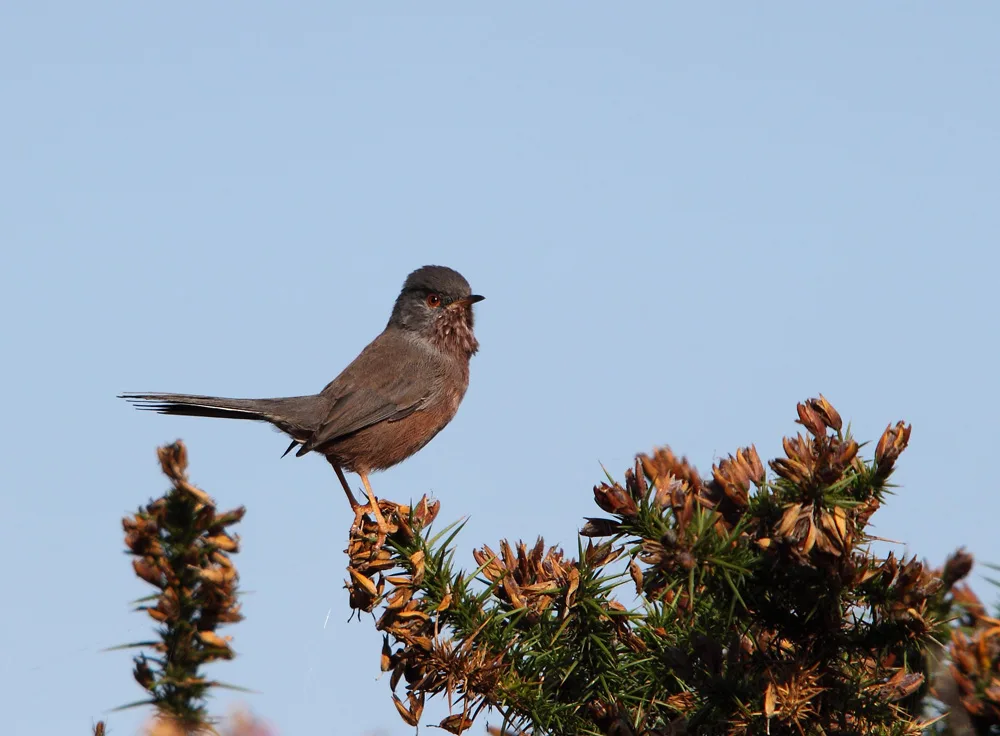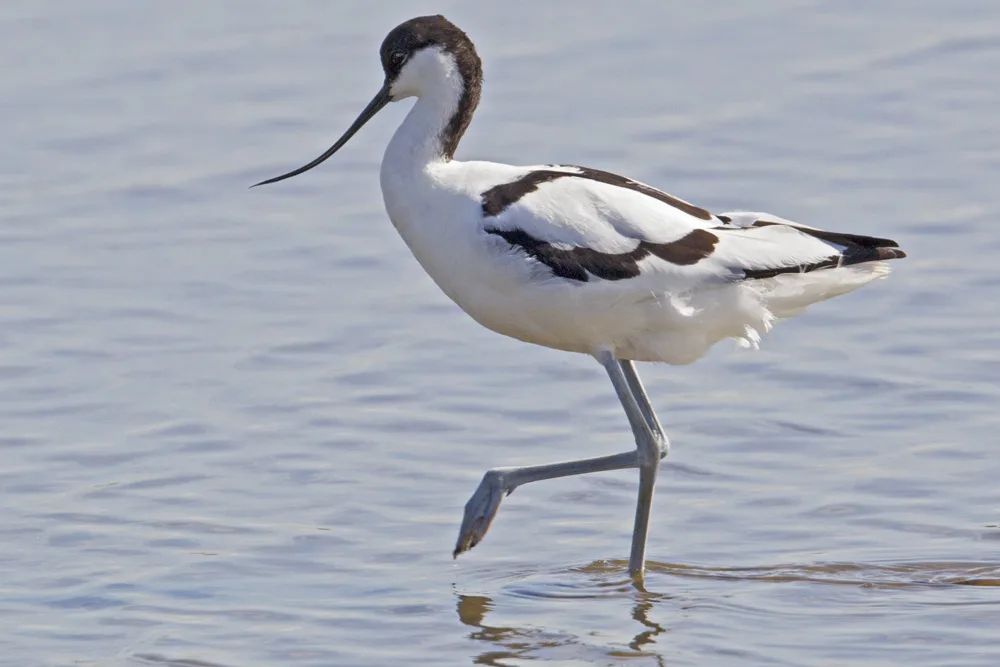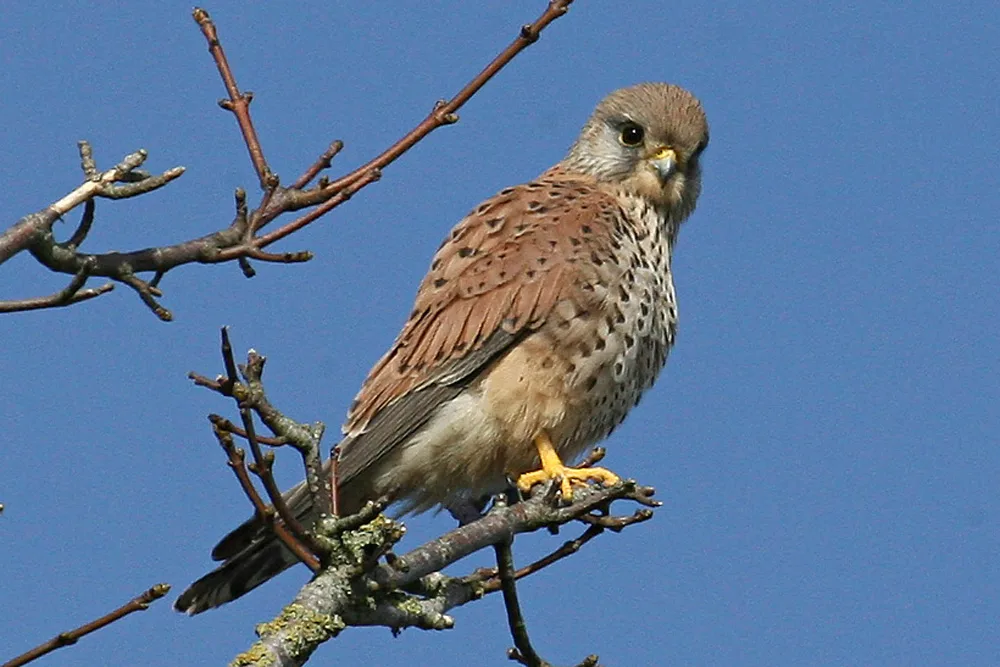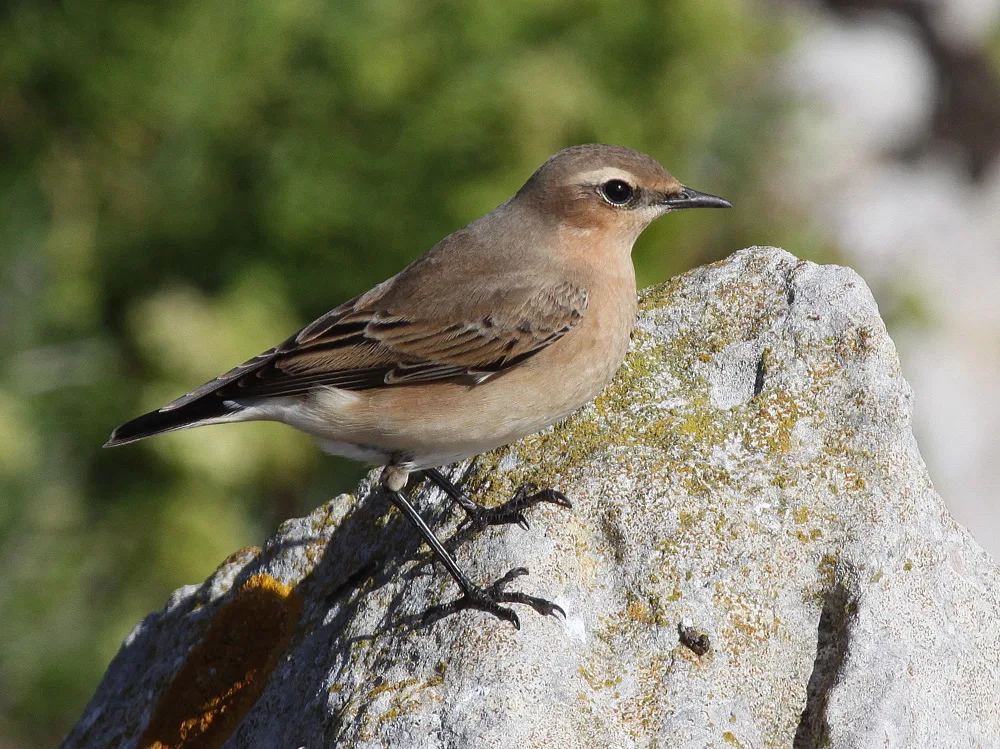Think winter’s a quiet time for wildlife? Hamish Murray from Dorset Wildlife Trust says otherwise – from firecrests to spoonbills, this is birdsong season

After a summer full of colourful sights and sounds, winter might seem a relatively quiet time for wildlife but, as birds take centre stage, there are still plenty of exciting things to see in and around Dorset.
As we move into autumn, the last few swallows and other summer migrants head south. Meanwhile, from the north, redwings and fieldfares begin to arrive to spend the winter with us. Fine conditions at this time of year can see spectacular early-morning movements of wood pigeons and stock doves past coastal watchpoints – I once counted more than 70,000 birds flying over Anvil Point Lighthouse in less than two hours – an awesome sight!
Late autumn is also the time to see large flocks of finches, wagtails, pipits, larks and other small birds passing through Dorset as they escape the oncoming winter in northern and eastern Europe. These birds might look like unidentifiable ‘black dots’ moving across the early morning sky, but fortunately, each species has its own distinctive flight call – an invaluable aid to identification. The website xeno-canto.org is my go-to resource for finding recordings of birdsong (and also a fascinating place to hear, for example, what larks in Zambia sound like – Ed).

Watching the wetlands
For many birdwatchers, wetlands provide the greatest interest between November and March as thousands of waders make the most of Dorset’s relatively mild winter climate. Internationally-important numbers of black-tailed godwits and avocets overwinter on the Brownsea lagoon, along with dunlin, ringed plovers, spotted redshanks, greenshanks, grey plover and many other waders.
Once considered a rarity in Dorset, the aptly-named spoonbill is now a regular visitor to the county, with counts of more than 50 birds recorded in some winters.

Go down to the woods
With the trees largely bare of leaves, winter is a good time to look out for woodland birds. Large flocks of long-tailed tits forage through the leafless branches, incessantly calling to keep in close contact.
A careful search through holly and other evergreen trees might reveal a firecrest – one of my favourite birds, and a real woodland gem. Also listen out for the loud ‘chek’ calls of the handsome great spotted woodpecker – a very different sound to the laughing ‘yaffle’ of their green woodpecker relatives.

Although most warblers will have left our shores by December, Dartford warblers stay with us, surviving the heathland winter on a diet of spiders and other small invertebrates. In recent years, blackcaps have become an increasingly common sight in Dorset gardens – especially those with well-stocked bird tables. Ringing studies have shown that many of these birds will have, in fact, bred in Germany.
Around our towns and villages, the familiar territorial hoots of male tawny owls can be heard in December and by January, the ringing ‘tea-cher’ song of great tits is a common sound.
During a winter stroll, it’s always worth keeping an eye out for birds of prey. Resident kestrels, sparrowhawks and buzzards are the most likely to be encountered, with an increasing population of red kites. With some luck, a tiny merlin might be seen dashing across the winter sky, while spotting a ghostly hen harrier quartering over open ground is always a red-letter event.
dorsetwildlifetrust.org.uk


